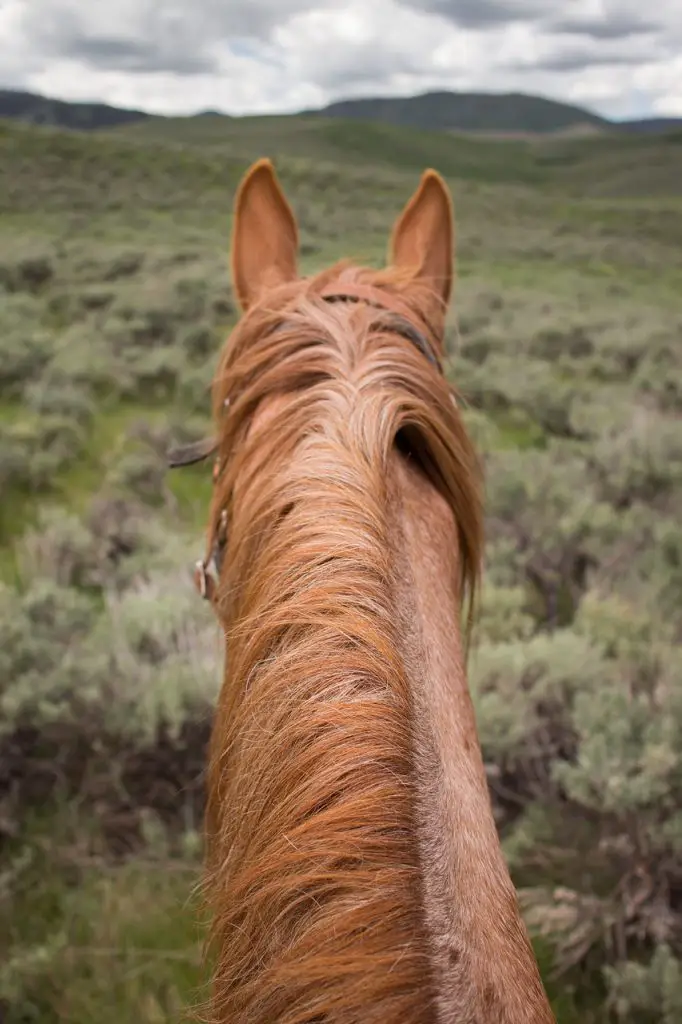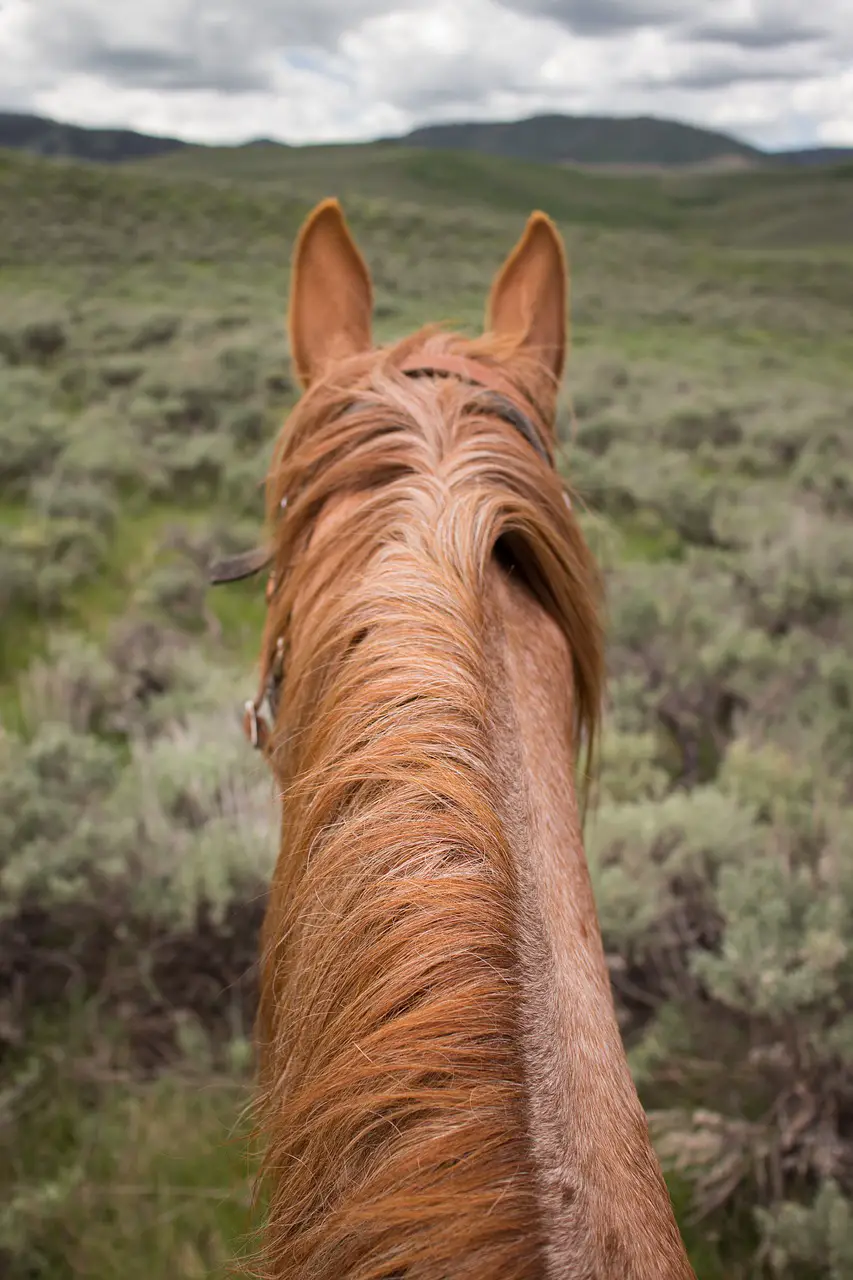Last Updated on February 22, 2022 by Allison Price
Think carefully about the amount of hair you want to trim before you start cutting. Consider your horse’s lifestyle, age, and workload. Can you keep him warm and well-rigged if you cut his entire body? Or would you be better off doing a partial trim in the areas where he sweats the most. My horses require a short coat, but my leisure horses don’t need to have their hair cut as closely.
NECK and BELLY CLIP An underside trim for horses who are turning out.
This popular clip isn’t too complicated: there aren’t many mistakes and your horse will still have plenty of coat. This is also known as the “sweat clip” because it removes hair from the areas where your horse sweats the most. You can also trim hair from the horse’s front legs.
How do you clip your belly and gullet?
1. Chalk your guidelines. Take a line starting at his elbows and running horizontally back to the bottom of his belly.
2. If you are removing the hair from his forelegs and bib, clip it as a bib clip or an apron.
3. Move towards the belly. If he is wary, stroke along his abdomen with your hand first in slow, firm strokes.
4. As he loves it more, don’t be too light on your clippers.
Clipping inside and outside the elbow
1. To make the area you are clipping flatter and more firm, have a helper pull your foreleg forwards. Make sure you don’t pull any loose skin.
2. To get a perfect angle, follow the diagonally running muscle along the top portion of the foreleg.
Remember that horses’ winter coats provide protection from the elements. If you have to trim any hairs, make sure to rug up appropriately. This is especially important if your horse spends time out in the field. You should also remember that your horse will be fresh and ready to go on a cold morning if all of his winter woollies are removed.
LOW TRACE OR HIGH TRACE CLIP
This trace is suitable for horses who are doing light to medium work. Higher trace may include all or part of the head.
This clip is named after the carriage traces and requires accuracy. Trace clips come in a variety of sizes, including low, medium and high. High trace clips also remove hair from horses’ heads. High trace clips create the illusion that the legs of a horse with short legs are longer.

How do you clip a chaser or trace?
1. Take a line approximately 7in below the location of your saddle flap. For medium trace, use the bottom edge of the saddle tab as a guide. For high trace, draw a line 5in above that saddle flap.
2. Your guidelines should be clear, straight, and symmetrical, especially on the backs of your hindquarters.
3. Turn the clippers so that the blades are positioned side-on to smoothen a horizontal line.
4. Take a line starting from the horse’s shoulder and ending at his ears for a chaser clip. Remove more neck hair, as well as all head hair.
HUNTER CLIPP
This trace is suitable for horses who are doing light to medium work. Higher trace may include all or part of the head. The legs and saddle are kept on to protect the body during hunting or other athletic activities. These can be completely removed for a complete clip.
The hunter is a variation on the full clip but with saddle patch and leg hair. This is a good choice for horses who work hard, but are more likely to get thorns or knocks. The hair should be left over the saddle area to keep sweat from accumulating.
The entire coat must be removed for a complete clip. You can use it as a first clip, or swap it for another one later in the season. Horses with full clips must be kept warm at all times, especially at night.
How to clip the hunter/fullclip
1. Mark diagonal lines on the tops and sides of the front and hind legs to create a hunter clip. With a 2in margin around, place the saddle on top. All other hair must be cut, except for the saddle patch and legs.
2. Take off all hair for a complete cut.
3. Move the tail to the side and clip the inside of your hind legs.
4. A neat ‘v’ of unclipped hair should be left above the horse’s root. To reach his spine, take 6in off each side of the horse’s tail.
BLANKET CLIP
The blanket clip provides warmth for the back, but also allows for efficient cooling after hard exercise.
The horse’s hair is left on his legs and wither to tail. This is a good choice for horses who work medium to hard, but it still leaves behind leg and hindquarter hairs. It also provides warmth and protection. If you want to turn your horse outside in winter, this clip will require warm rugs and neck coverings. While blanket clips can give the illusion of a shorter horse’s back, they can also flatter long-back horses.
How do I clip a blanket clip
1. Your saddle will guide you: The blanket’s front edge should be in front of your saddle and the bottom edge should be in line with your saddle flaps. You can go a little higher, if necessary.
2. You will need to remove the hair from the neck, chest, abdomen, head, and tops of the hind legs.
3. Take off all neck hair. First, flip the mane to the wrong side. Then cut up to one centimetre below his roots. Repeat the process on the opposite side. Do not go too high, or you will clip his mane. This can cause messy regrowth.


